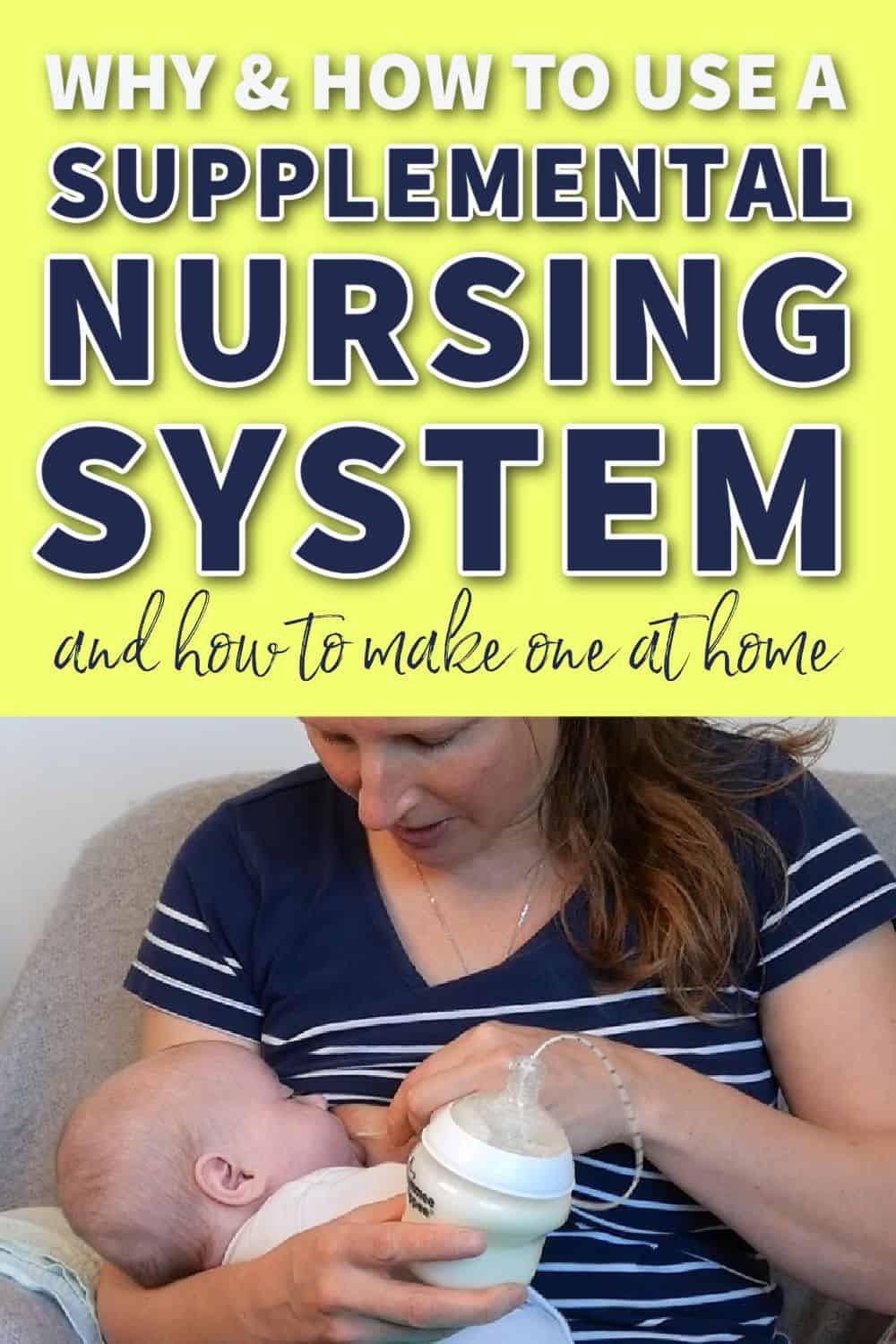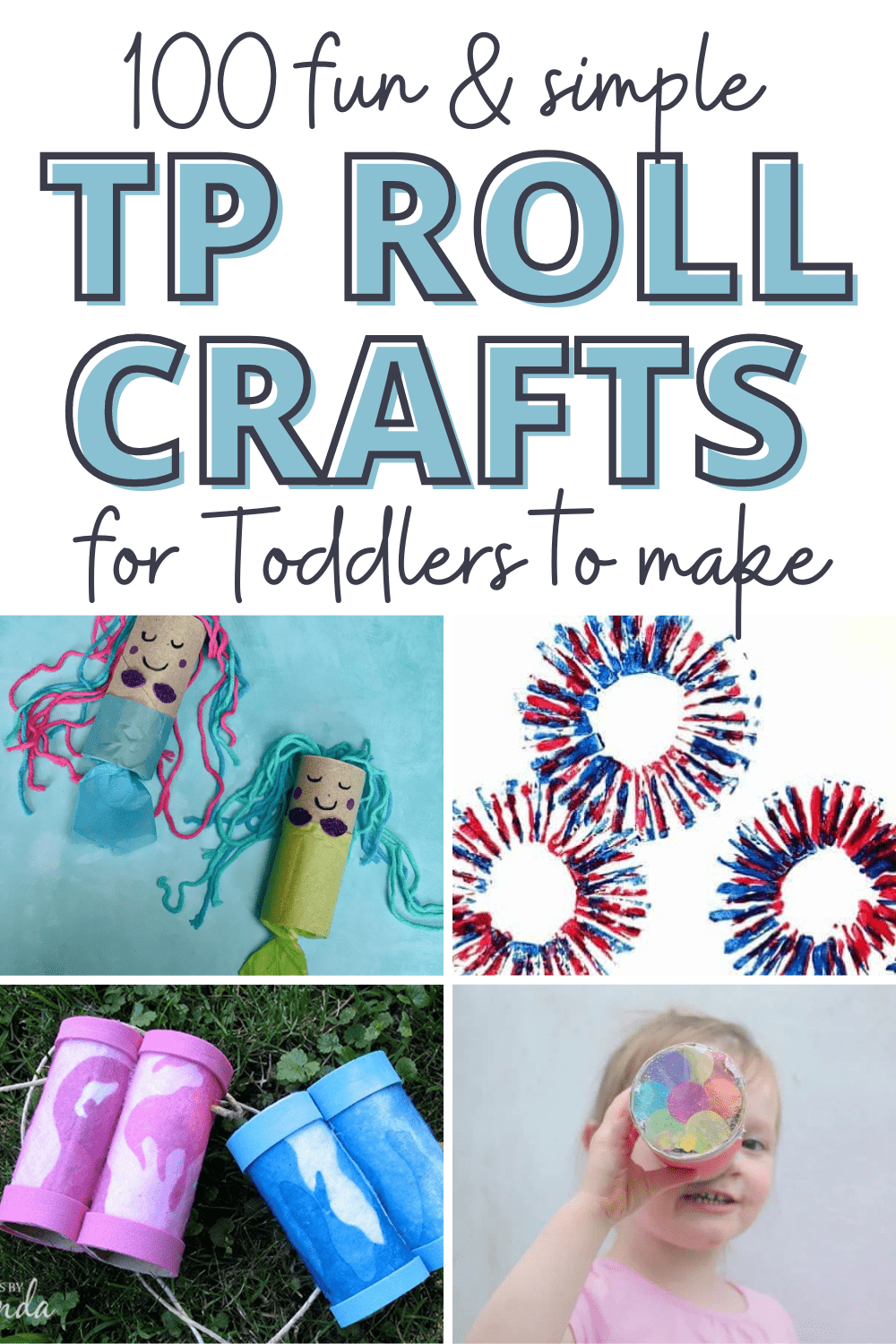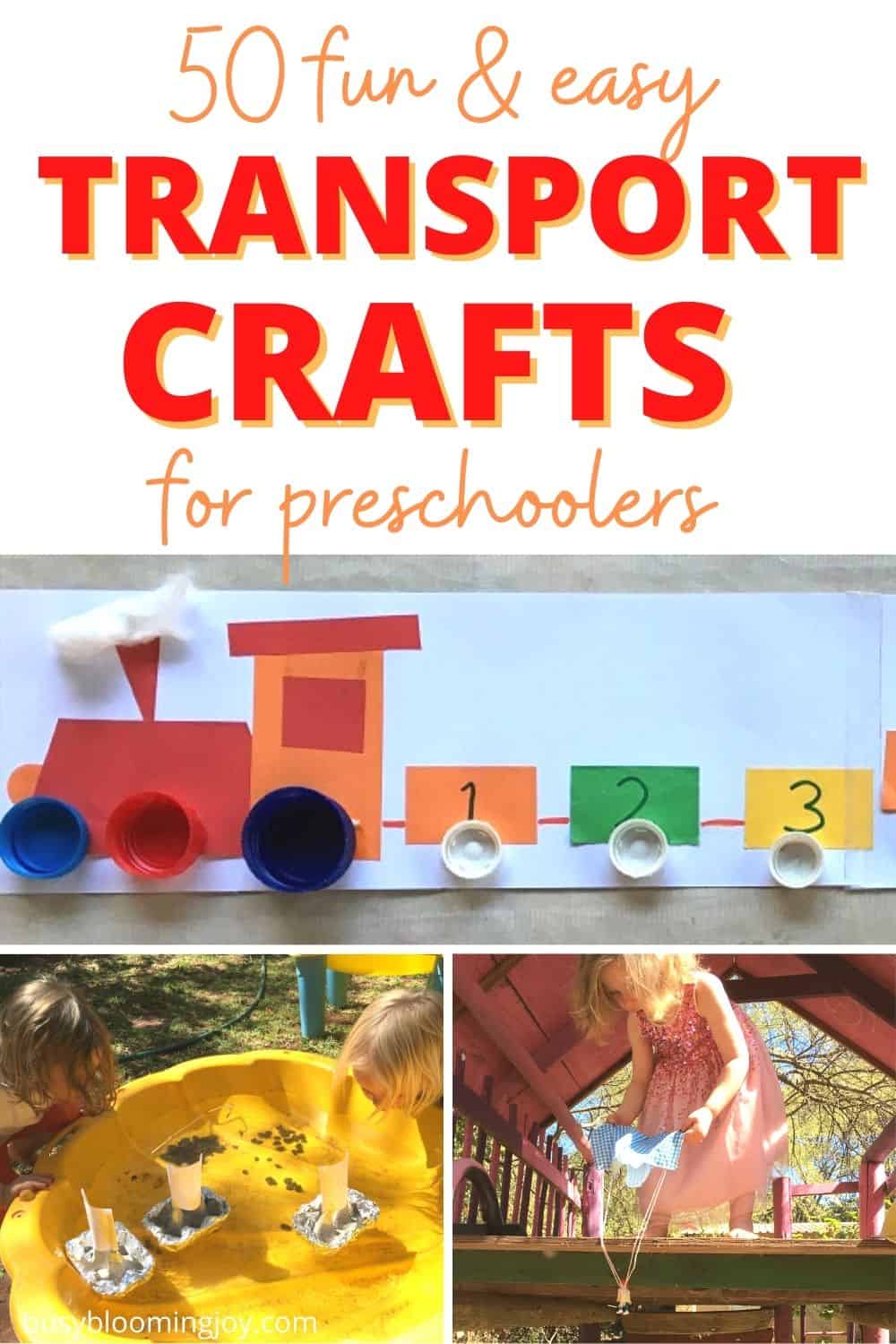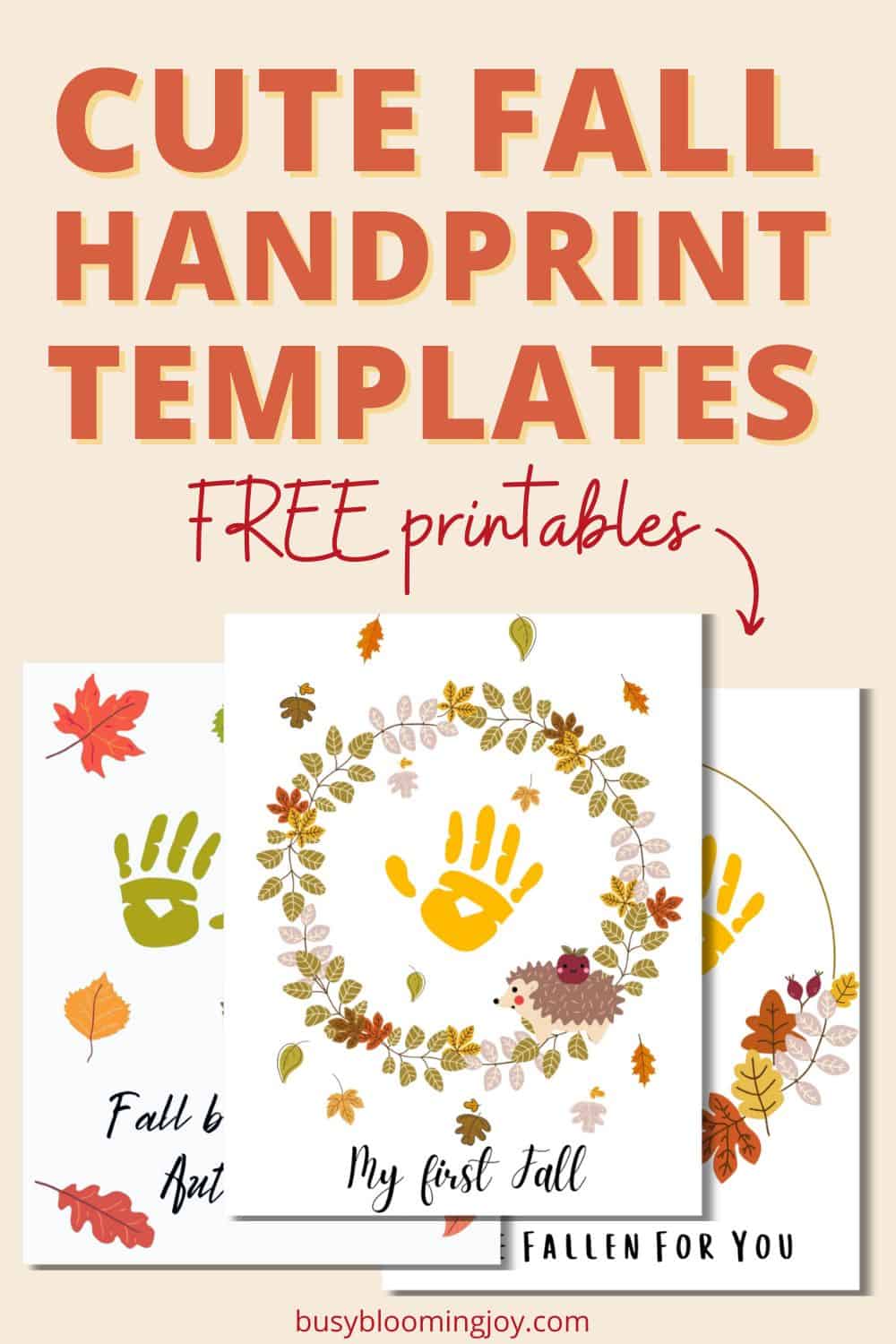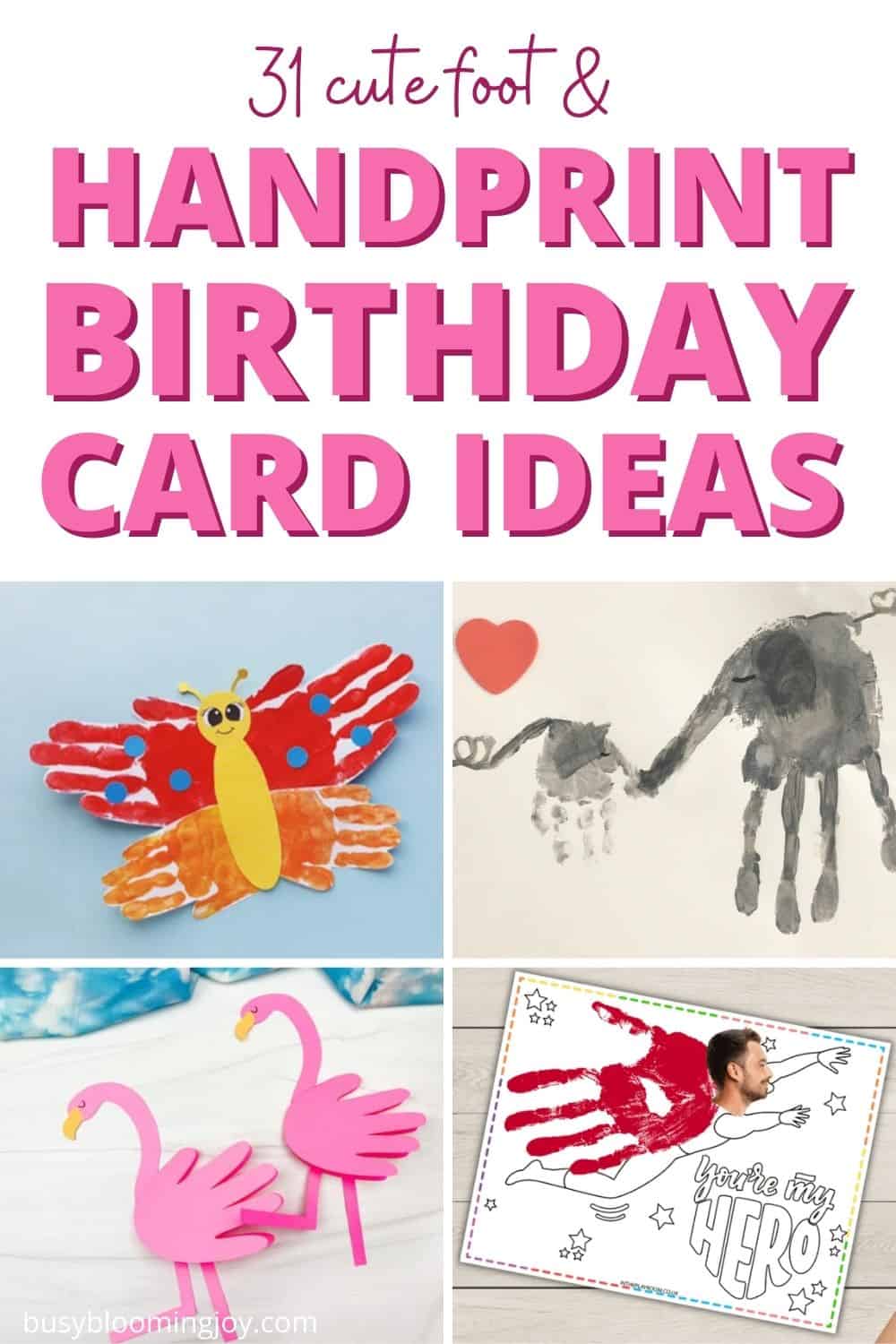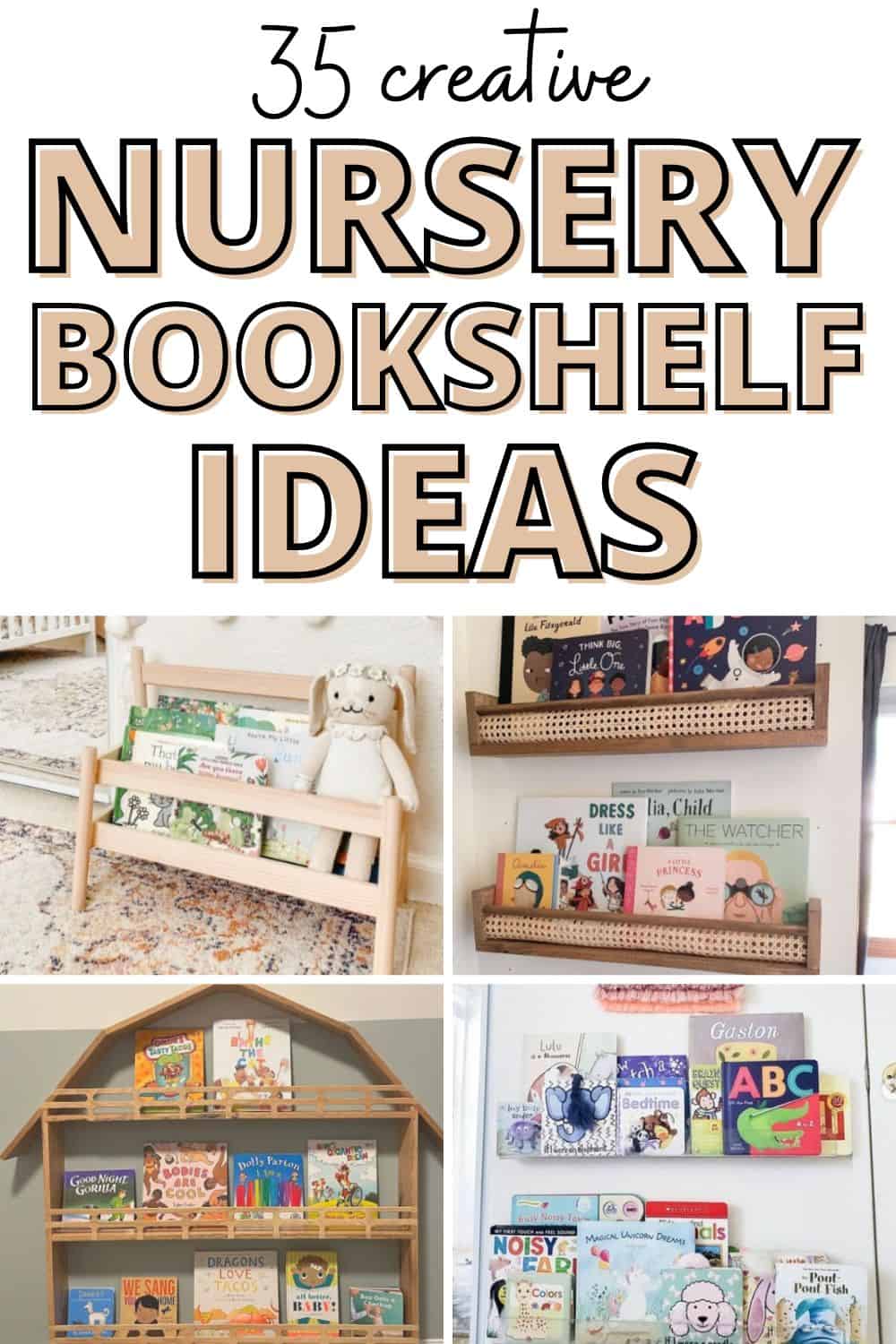Having successfully breastfed my first two babies, not once did I think I’d end up feeding my littlest twin via a tube at the breast. Essentially that’s what the supplemental nursing system (SNS), or nursing supplementer, is. I’m guessing if you’ve googled the term, “supplemental nursing system” you have a vague idea of how it works and why you might use one. Next steps: figuring out how the heck to use one.
This post is my personal experience of this incredibly useful way of supplementing your baby at the breast, its advantages and disadvantages (aka frustrations) and how to put together your own supplemental nursing system at home. I’ve also included a short video of me using my DIY SNS midway through the post.
Table of Contents
ToggleWhat is a supplemental nursing system or SNS?
A supplemental nursing system is a way of giving your baby extra milk, either expressed or formula, while simultaneously breastfeeding. A very thin flexible tube is attached to some kind of container holding the supplemental milk and the free end runs into your baby’s mouth as she feeds.
How does a supplemental nursing system work?
As long as baby breastfeeds with a good attachment (latch) and suction, with his lips sealed around the breast, milk will flow up the tube with much the same principle as sucking up a straw.
It really is a simple as that, however, using it does take a little time and practice as well as patience (my 5 cents coming up…).
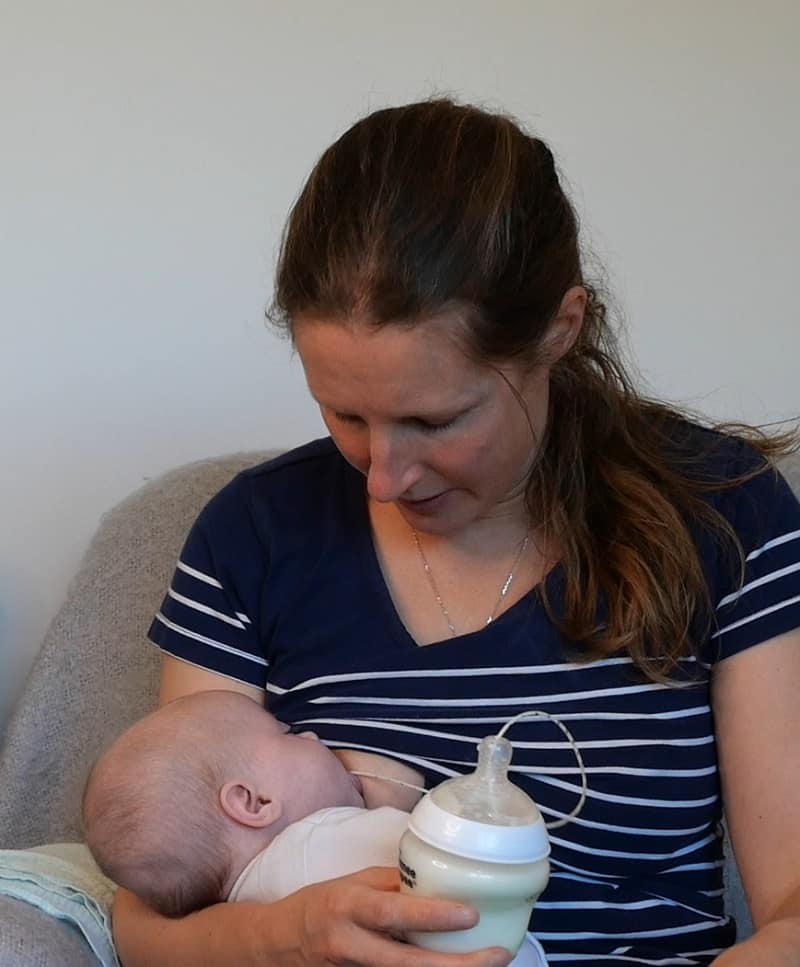
Why & when to use an on-breast supplementing system?
TO INCREASE/MAINTAIN YOUR MILK SUPPLY
Milk is produced on a supply and demand basis: the suckling of a newborn stimulates milk production, by elevating levels of the hormone, prolactin, in mom. So the more milk your baby demands through breastfeeding, the more your body will make. More time at the breast = more milk produced. So using the supplemental nursing system increases the time your baby spends at the breast and can therefore help boost your milk supply.
Even though sucking with the SNS tube inserted may not be quite the same as without it (baby doesn’t have to work as hard for the milk), the additional skin-to-skin contact and bonding experience will also help raise prolactin levels, telling your body to make more milk.
This means that using the SNS can help in the following situations:
#1 You’re combination feeding and baby is fussing at the breast and demanding the bottle
Like me, you may find you’re unable to fulfill your baby’s milk demands by breastfeeding alone and need to give baby extra milk via a bottle. Or if you have a preemie baby who isn’t strong enough to breastfeed, you may need to deliver x amount of milk via bottle to ensure adequate weight gain.
Combination feeding works really well in the early days but at some point your baby may start to get frustrated while breastfeeding. These babies aren’t silly! Soon enough they figure out that eating from the bottle is a lot easier; there’s very little effort required versus breastfeeding. As a result, they start to fuss at the breast as soon as your milk flow slows so, as their milk demands increase, it’s really tricky to avoid giving them more and more formula.
This was what was happening with my twins. I simply could not get them to stay latched to stimulate my body to keep up with their increasing demand, especially my bigger twin. They took more and more formula and my milk supply dropped further.
#2 Baby needs a top-up and you don’t want to introduce bottles
Bottles are the normal way to give extra milk but as I found, bottle preference can start to limit your breastfeeding journey. So to avoid this, you can simply deliver any necessary extra milk via the supplemental nursing system, keeping baby happy and satisfied at the breast.
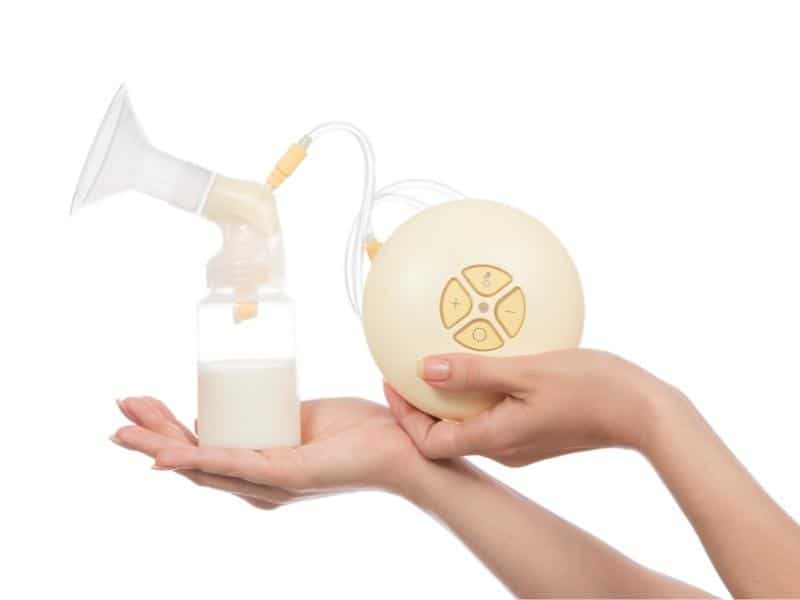
#3 You want to simplify your feeding/pumping routine without dropping your supply
Rather than breastfeed your baby, top-up with a bottle and then pump, you can effectively kill three birds with one stone by using a supplemental nursing system. Not only does supplementing at the breast remove the need to top up with a bottle, but the additional suckling can also eliminate the need for pumping.
Related post: Newborn Breastfeeding: The 5 Golden Rules For Success From The Start
#4 You want to induce lactation or restart breastfeeding after a break (relactation)
If you’ve adopted a baby or had a baby via a surrogate and not been through pregnancy, using a supplemental nursing system can induce lactation and help start your breastfeeding journey. This is the reason the first SNS came about (see “Lact-Aid Nursing Trainer System” further down). Alternatively, you may have had to stop breastfeeding and wish to start up again.
If you can manage to get your baby to latch onto the breast and keep her satisfied by the milk flowing from the tube, the suckling should stimulate your body to make milk. If you have no underlying hormonal or other issues that could affect milk production, using the SNS at every feed, day and night, over the course of several weeks could be effective enough to build your milk supply enough to eliminate most, if not all, of the supplemental milk.
FOR COMFORT & BONDING
Breastfeeding isn’t only about nutrition; it can provide comfort to your baby if upset or uncomfortable and can be a wonderful way for the two of you to bond. if you have long-term milk supply issues or are not actively trying to boost milk production you may want to try using a supplementary nursing system for these reasons alone.
SUCK TRAINING
Using a SNS with the tube inserted correctly, so that milk only flows when baby sucks effectively, can help them master their suck technique. This can help in the early days, especially for tiny newborns, when they’re still learning to latch and suck effectively and fall asleep or become very sleepy before they’ve had enough milk. The flow of milk out of the tube is likely to be faster than from the breast in the first few weeks while you’re still building your supply, making it easier for your baby.
If this is the reason for using the SNS then make sure you use expressed milk, rather than formula. This means that your milk supply won’t be affected.
If you’re struggling to get your baby to latch you can also finger feed your baby with the SNS. Simply position the tube next to your finger and stimulate the suck reflex by inserting your finger in their mouth. According to this article from Breastfeeding Support, with correct positioning of the tube so that the milk only flows when baby sucks, finger feeding can help a newborn develop a good sucking technique
Types of SNS supplemental feeding system available to buy
There are currently 3 different commercially available nursing supplementers: Medela’s “Supplemental Nursing System”, the Lact-Aid “Nursing Trainer System” and Haaka’s “Supplemental Feeding Combo”. Alternatively, it’s easy and inexpensive to put together your own system at home.

Lact-Aid Nursing Trainer System
If I’d been looking to purchase an SNS I would have wanted to give this one ago just due to the moving story that led to its invention. A couple unable to have children decided to adopt. The mother’s biggest disappointment at going this route was her inability to breastfeed and have that close nurturing relationship. However, after chance conversations followed by a lot of research, the mother decided to try and induce lactation. She did it extremely successfully using a small feeding tube attached to her breast at one end, formula at the other, as designed by her husband. And so the Lact-Aid Nursing Trainer System was born. Pretty amazing stuff!
Anyway, I digress…
The Lact-Aid SNS uses disposable bags to hold the supplemental milk which then hangs around your neck via a strap. There’s a clamp so you can control the flow if you need to. The system includes a bag filling bracket, funnel and cleaning syringe and 1 week’s supply of bags. With proper care and by following the manufacturer’s instructions, the feeding tube can safely be cleaned and reused.
For all the ins and outs, this article includes someone’s personal experience of using the Lact-Aid SNS.
As of November 2021 the Lact-Aid Nursing Trainer System costs $58 via the Lact-aid website (not an affiliate link). Additional bags will cost around $6-10 per week depending on how many you buy at a time.

The Medela Supplemental Nursing System
No exciting story behind this one, far as I know, but one key benefit of the Medela version is that it uses a reusable bottle, rather than disposable bags. It also comes with 3 different sized tubes so you can use the size most suitable for you and your baby (dependent on how much breastmilk baby is getting and how much supplemental milk they need.) Again, the tube can be reused if cared for properly.
That being said, when it comes to usability, it seems the Lact-Aid is preferred over the Medela SNS by most moms. You can check out some of the issues people have had using it quite quickly by reading some of the Amazon reviews.
At the moment, the Medela SNS is advertised on Amazon.com at $56, or on Amazon.co.uk for 48 (affiliate links).
Haaka’s silicone “Feeding Tube Set”
This system is most similar to the DIY SNS, with the option to purchase only the feeding tube, with flow controller plus tape, cleaning brush and a handy carry case. An existing baby bottle holds the supplemental milk and the tube exits the bottle via a normal teat attached to the bottle.
The advantage over the DIY version is that the feeding tube can be safely reused.
The Haaka SNS looks by far the most cost-effective, with the Feeding Tube Set currently priced at NZD15. You can opt for the “Supplemental Feeding Combo” which includes a bottle and teat, but for an extra NZD30 that seems totally unnecessary! (Not affiliate links)
Unfortunately, it doesn’t look like it’s available outside of New Zealand and Australia but maybe that’ll change soon.
Cleaning a supplemental nursing system
The method of cleaning the SNS may vary a little depending on which one you choose, but just like when cleaning bottles, wash or at least rinse the system as soon as possible after use to prevent any milk residue from building up. Most commercially available systems can be sterilized meaning they can be used long term without the need for replacement – an advantage over the DIY system where the tube needs regularly replacing.
A DIY supplemental nursing system
A DIY SNS is a good place to start if you’re not sure whether or not you’re going to get on well with supplementing at the breast or if you’re only going to be using a supplemental nursing system for a short period of time. For me, it was the first reason and having had limited issues, I stuck with it.
A DIY supplemental nursing system consists of a nasogastric feeding tube (, designed for feeding preemie babies, attached to any baby bottle you have handy. One end of the tube dangles into the milk, the other you thread through the hole in the teat and runs into baby’s mouth.
The big downside to a DIY SNS is that the tube needs replacing regularly. You cannot sterilise it; if you boil, steam or use sterilising solution to clean the tube it’ll simply fall apart.
Another frustration is when you take a break mid-feed, remove the tube from baby’s mouth, put the bottle down only to find minutes later a load of milk has siphoned out of the bottle all over the place… An easy way to avoid this is to put the bottle and tube down into a bowl or container or some sort, so if it does leak, the mess is contained.
Another common frustration is leaking, although this isn’t an issue I ever had.
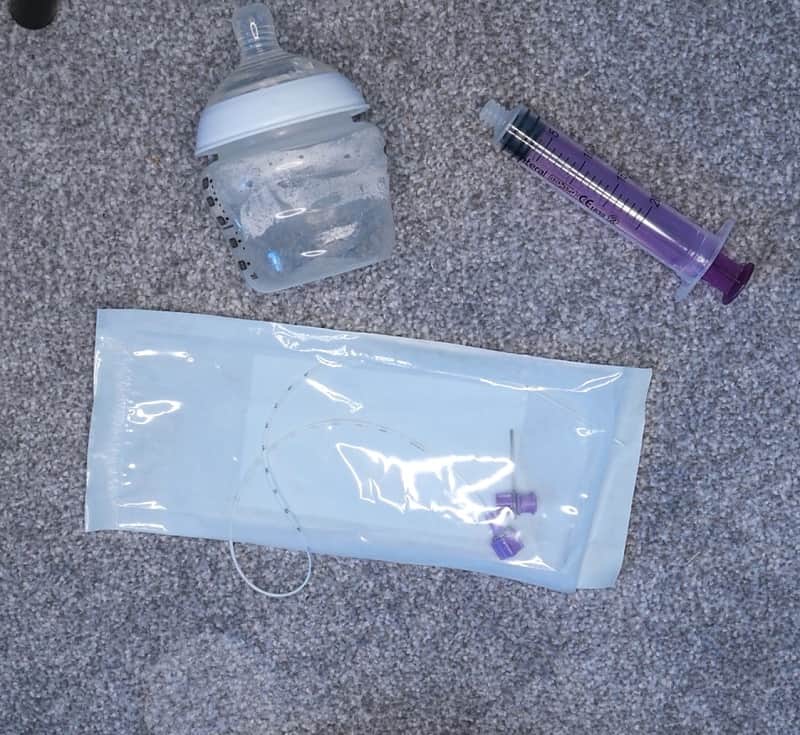
Supplies need for a DIY supplemental nursing system
You will need the following:
#1 Nasogastric feeding tube
This is also called a “French feeding tube” (if you’re in the UK you can buy one here). With a newborn start with a size 5 and if necessary, move up to the slightly bigger size 6.
#2 Syringe for cleaning
One that screws directly into the nasogastric tube via the connector is best (available from your local pharmacy)
#3 Baby bottle complete with teat
I had the most success with a Tommee Tippee bottle and variflow teat which I’d recommend for two reasons:
- The hole is exactly the right size to fit the tube through snugly – there’s no need to enlarge the hole yourself and it never leaked. The other teat I used I had to enlarge the hole using a knife and ended up making it too big and if I wasn’t careful when using it, it leaked.
- The teat has a vent, allowing air to enter as the milk level does down (no vent will mean that it’ll get harder and harder to suck the milk out as a vacuum is gradually created).
#4 A bowl/container to place DIY SNS in
This is optional to making the SNS work, but essential to avoid mess! If you stop midway during a feed and put the bottle down, it’s highly likely that the milk will start to syphon out of the bottle, wherever you put it down. You can avoid this by pulling the tube out of the milk before putting it down but I’d often forget and find a big puddle of milk on the table or wet patch on the carpet… highly annoying! So if you always put it down in a bowl, any spillage is contained.
Putting together your homemade nursing supplementer
Here’s how to put it together, step-by-step.
- Remove the nasogastric tube from the sterile pouch. You’ll see it has two purple connectors which are used to join the tube to other tubes or syringes. Cut the second connector off so you’re just left with one. The weight of the remaining connector weighs the tube down and helps ensure it’s always submerged in milk.
- Feed the other end of the tube upwards through the bottle teat. Use a knife to enlarge the hole a little if necessary, being careful not to make it too big.
- If the teat you’re using doesn’t have a vent, pierce a hole somewhere in the teat to avoid a vacuum being created
- Fill the bottle with the milk you want to supplement. Screw the lid on, leaving the end of the tube with the connector on dangling in the milk.
- Place bottle complete with tube into your bowl, while you latch your baby, to avoid big mess if milk starts to syphon out!
Cleaning a DIY supplemental nursing system
The nasgoastric tube is not made of silicon so cannot be sterilized in the microwave or in sterilising fluid; cleaning it effectively is essential if you want to reuse it.
How often to replace the feeding tube
Even with diligent cleaning, you will need to replace the tube frequently, as well as the syringe you use to flush it out with. The recommendation is to replace it every 1 to 3 days dependent on who you ask. For a tiny premature baby or one susceptible to infection more frequent replacement is advised, so every day, while for a bigger baby every 3 days should be fine. If in doubt check with your health professional.
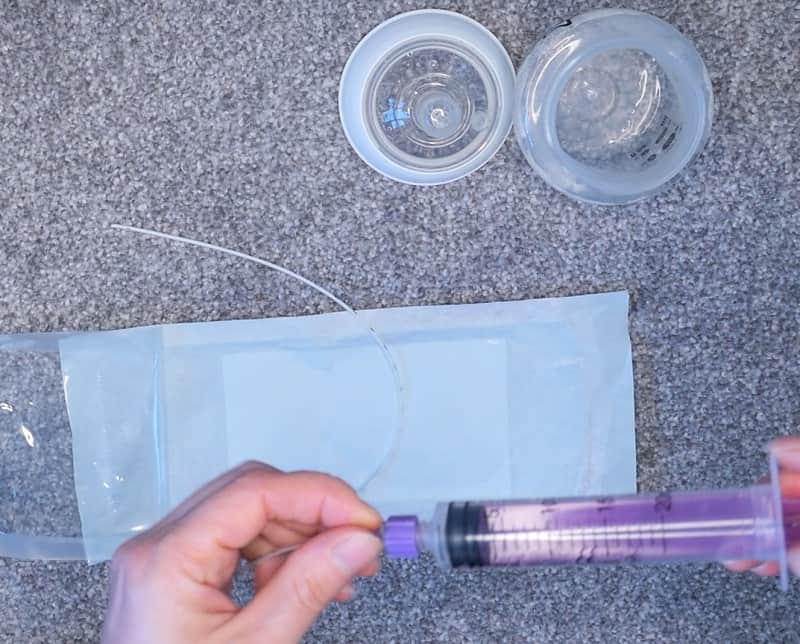
How to clean the feeding tube
You want to clean the tube as soon as possible after use to avoid milk deposits drying up inside it. This is how to clean your DIY SNS step-by-step:
- Rinse the tube with cool boiled water by flushing it through with the syringe a few times. Use cool boiled water rather than hot as this could cause the milk to curdle
- Dunk tube in hot soapy water then flush through with same water
- Rinse with more hot or cold boiled water, using the syringe again
- Lasso the tube above your head to get most of the water out
- Leave to dry
- Store in airtight container until next use
How to use a nursing supplementer
If you’re wondering how to use a supplemental nursing system, well it’ll differ slightly depending on which system you’re using. But in terms of latching your baby, inserting the tube and getting the milk flowing, the methods will be pretty much the same. The below is the exact method I used with my homemade SNS.
Latching baby & inserting the tube
First step, latch your baby using the cradle hold and have your SNS within reach. Once baby is sucking, take the SNS and hold the bottle with the hand of the arm supporting baby’s head. Then, with your free hand, feed the free end of the tube into the corner of her mouth, little by little, so that it’s lying on top of her tongue.
Be careful not to push it too far – you don’t want in as it’ll make your baby gag. You want to aim for the end of the tube in line with the tip of your nipple.
Getting the tube in the right place
This is by far the trickiest part. If you don’t get it in the right place baby won’t be sucking on the tube and getting any milk. You want her suck to get the milk moving, which encourages a good sucking technique and also gives your baby the control in terms of milk flow.
I found that sometimes I’d get the tube in the right place instantly and other times it’d take a lot longer…
How to tell if the milk is flowing
If baby is getting the supplemental milk you should be able to see that the tube is full. You can also feel the milk flowing through the tube along the side of your nipple. You might also notice a change to your baby’s sucking pattern: I’d see baby change from small, infrequent swallows to bigger, more frequent ones.
If baby is struggling to suck the milk through the tube you can get them interested by lifting the bottle which means capillary action will get it going. Then as soon as baby is sucking you can lower it again.
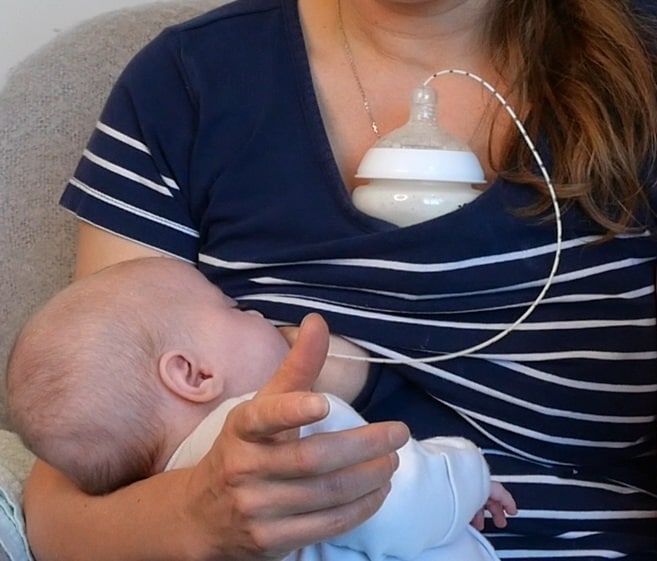
Where to put the bottle
I felt most comfortable simply holding the bottle while baby fed but you can tuck into your top or nursing bra or, if your SNS has one, use the cord to hang it around your neck. By holding the bottle I could avoid milk spillage when baby stopped for a break, by quickly gathering the tube and bottle and placing it back in the bowl. You can also adjust the flow rate by varying the height of the bottle if necessary.
To tape the tube or not?
You can tape the tube to your breast either beforehand or when baby is latched, but this will only work if the system includes a clamp so you can control the milk flow, which rules out the DIY SNS. Otherwise, as soon as baby stops feeding, milk is likely to keep running out of the tube.
Adjusting the flow of milk
One advantage of holding the bottle is that you can adjust the flow of the milk by varying its height: hold the bottle higher for faster flow and lower to slow it down. I often held it high to begin with if I needed to gain some interest in sucking, while if she seemed to be struggling with the speed of the flow I’d hold the bottle lower.
You can also adjust the flow of milk by using a narrower tube, for slower flow, or wider one, for a faster flow.
Lastly, you can squeeze the tube to slow the flow.
Related post: Newborn breastfeeding schedule: how to go from on demand feeding to scheduled WITHOUT leaving baby hungry
Best SNS For Supplementing
My personal recommendation is to try supplementing at the breast using a DIY system first, before investing in a commercial system. You can then see if baby takes to the tube and you get on with using it. If you then want to continue and feel the need to buy one, from the reports I’ve read I’d try the Lact-Aid one, but do some extra research if you’re undecided. Breastfeeding facebook groups and mom forums are great to get user opinion on such things. I’m not entirely sure how we did without them!
Supplemental Nursing System FAQs
Pros & Cons Of Supplemental Nursing Via The Breast
#1 What are the advantages of supplementing with a SNS supplemental nursing system?
For me, it was about trying to maintain my limited milk supply and therefore prolong my breastfeeding journey but here are all the advantages of supplemental nursing via the breast:
- It can help stimulate mom’s body to make more milk
- There’s no need for bottles if baby needs additional milk, avoiding bottle preference
- More time at the breast helps a small baby practice breastfeeding
- Avoids an older baby becoming frustrated at the breast when milk flow is slow, prolonging the breastfeeding journey
- Mom and baby can enjoy the non-nutritive benefits of breastfeeding of comfort and bonding
#2 What are the disadvantages of supplementing with a SNS
The main disadvantage of using the supplementary nursing system is that it can be a pain in the ****! Tube slipping out, baby knocking it out, milk not flowing, milk squirting everywhere, tube end no longer dangling in the milk… yes, these are some of the frustrations I’ve had with it. Here are all the disadvantages:
- It can take time, practice and patience to learn to use the SNS effectively
- Not as practical as bottles when away from home
- Cleaning the tube takes a little more care and attention
- If using a homemade supplementary nursing system, the tube needs replacing regularly
- You need to be careful the milk doesn’t syphon out of the bottle if you put it down somewhere (keeping the bottle and tube contained in a container of some sort helps)
- Older babies may object to the tube, either refusing to latch or not staying latched with the tube inserted (this was the case with my bigger twin)
- Tiny babies may not be strong enough to get sufficient milk via the SNS
- Only works if you can get baby to latch
- May disturb your baby’s latch or baby may try to suck on the tube alone
#3 Is it OK to give my baby breast milk and formula?
You can use either breast milk or formula in your SNS, but I’d tend not to mix the two, purely because you want your baby to have the breast milk first. If you mix the two, you will potentially waste some breastmilk.
Related post: 24 Game-Changing Newborn Hacks For First-Time Parents
#4 Does supplemental nursing system increase milk supply?
Using the SNS instead of topping up with a bottle will provide additional breast stimulation, which should help elevate your prolactin levels and stimulate your body to make more milk. However, if you have an underlying issue that affects milk production, such as hormone imbalance or insufficient glandular tissue, the extra breast stimulation may have a limited effect. In this case the SNS can be used for comfort and bonding.
#5 How do babies latch with SNS?
You can latch baby with the tube already in place or latch baby firts, establish breastfeeding and then insert the tube. I found the latter much easier.
Insert the tube in the corner of the mouth, by gently pushing it little by little over the tongue, being careful not to push it past the end of your nipple, which could cause gagging.
#6 How do you wean off supplemental nursing?
There’s no need to slowly wean off using the SNS, you can simply just stop using it. Similarly, you don’t need to use it at every feed, although if you’re using it try and boost your milk supply then the more you use it, the quicker it will help milk production.
A Supplemental Nursing System Might Not Right Be Right For Everyone
Hopefully, you know exactly how to use a supplemental nursing system and have the knowledge to try one yourself. Using one can be frustrating at times but the benefits could well be worth it, so I’d definitely recommend giving it a shot. Why not try putting together your own DIY SNS together and see how you get on. Good luck!
